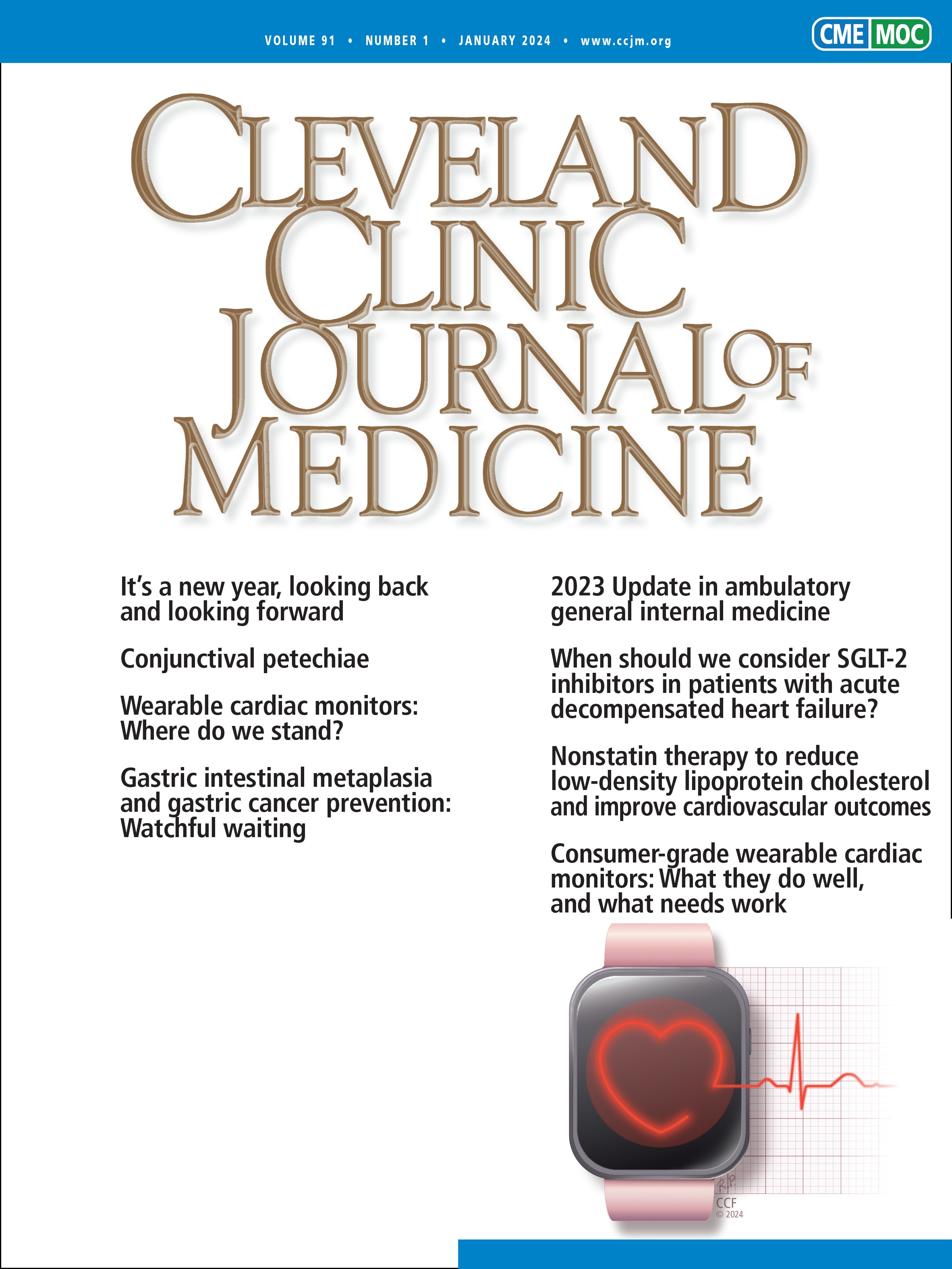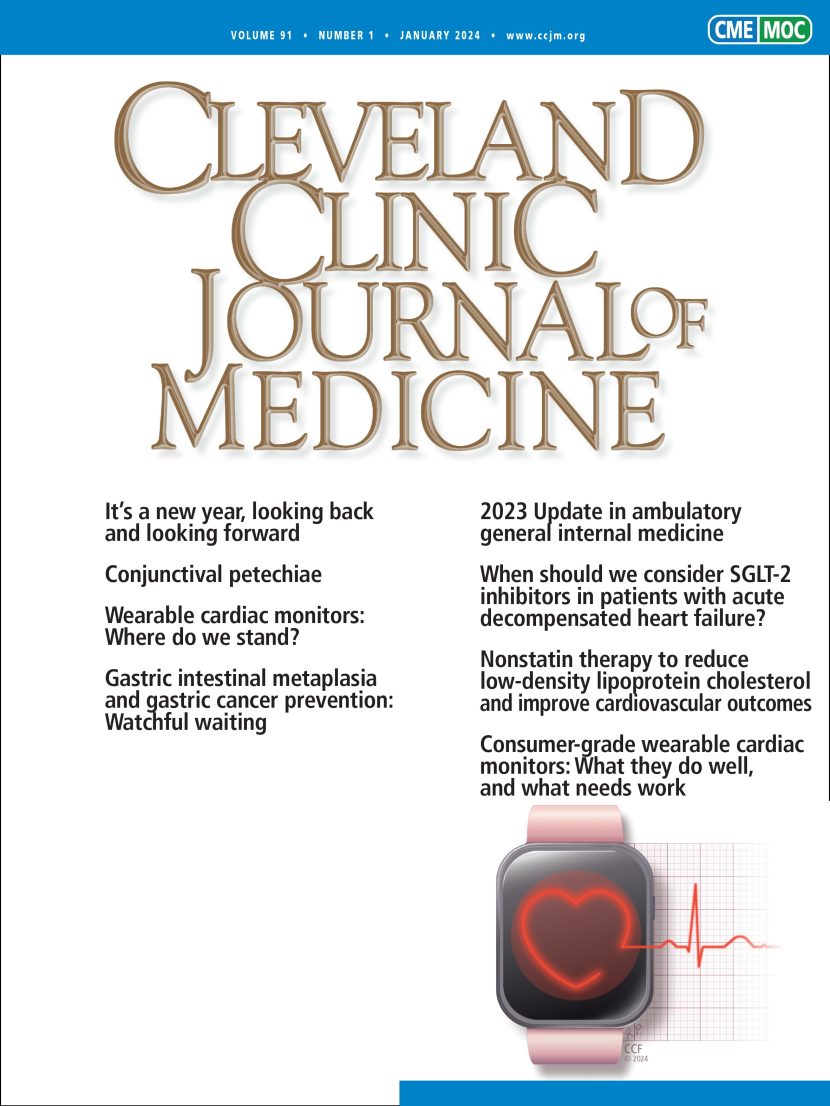Heart rate variability is now a common smart watch fitness stat. What does it mean for your exercise load? HRV is a measure of fitness, but also helps you determine how much exercise to do. (Getty Images: Krongkaew) But if you don’t see an improvement in your HRV, it’s likely you need to take your […]

Heart rate variability is now a common smart watch fitness stat. What does it mean for your exercise load?
“If you see a big drop-off, then it’s a good idea to not push as hard the following day, because your body is giving you signs that it needs time to recover,” he says.Dr Ahmadi explains that a high HRV indicates that your autonomic nervous system is in “balance”. (Supplied: Matthew Ahmadi)But if your HRV is low, it indicates that one branch of the autonomic nervous system is dominating:
HRV indicates how ‘balanced’ your autonomic nervous system is
A high number is ideal, and an indication that the body is in homeostasis (or balanced), Dr Ahmadi says.WHOOP, a leading wearable brand and official partner of the Women’s Tennis Association, has been collecting data on the most consistent factors that boost or harm your HRV.
Dr Ahmadi explains that HRV measures the “variation between heartbeats”.As the popularity of smartwatches, also called wearables, increases, so too does the amount of data users can access about their health.Your HRV score is best understood as a window into the automatic nervous system. (Supplied: WHOOP)“Your coach can tell you, ‘Hey, alcohol is really bad for your performance’, but until you see directly how it affects your HRV, you’re like … wow, I’m a lesser version of myself today. It’s sobering.”When your HRV is measured is also critical to its interpretation.”It generally means your sympathetic system is dominant, so your body is on high alert.”But you should avoid comparing your HRV scores to others’.Matthew Ahmadi, deputy director of the University of Sydney’s Mackenzie Wearables Hub, says HRV has been around for more than 20 years in the competitive sports environment.
HRV has long been used in the competitive sports environment. (Getty Images: Sportsfile/Sam Barnes)Once your HRV starts to stabilise, it’s a good indication that you are ready to “progress” your program.
HRV indicates how ‘ready’ you are to exercise
“The first few weeks, you’re likely to see a big decrease in your HRV on a daily basis,” he says.The heart does not beat consistently (like a metronome or clock).The time of day your HRV is read determines how it should be interpreted. (Supplied: WHOOP)
This is the key reason HRV offers an advantage over other measures of fitness.The autonomic nervous system consists of two main divisions: the parasympathetic and sympathetic nervous systems.”The more fit someone is, the more their body is able to adapt to different stressors and therefore recover better,” he says.
“Higher HRV yields more capacity to train, whereas low HRV means less robustness and less capacity to train.“
By Kate O’HalloranWhile HRV has long been used by elite athletes to dictate their training schedule, it has become a “buzzword” among the broader community.It’s also important to note that a low HRV is not always bad.
Factors that improve or decrease HRV
There are, however, consistent factors that lower HRV, with the top being the consumption of alcohol.So just what does HRV measure, and how might you use it to maximise your workouts?As one example, Dr Ahmadi says that you should expect to see a drop-off in your HRV if you are beginning a new exercise program, especially if you were previously sedentary.In fact, Dr Holmes says alcohol is such an “HRV crusher” that 89 per cent of people who use the platform report decreasing alcohol consumption in the long term.”That’s because people can directly see the performance cost from their behaviours,” Holmes says.Positive factors include being well-hydrated, following a healthy diet, getting quality sleep and keeping consistent sleep and wake times.
Global statistics from 2024 show that getting quality sleep, consuming caffeine and having a consistent wake time are most likely to improve your HRV, while consuming alcohol, being sick and highly stressed will see your numbers crash.If you want to improve your HRV, both Dr Ahmadi and Dr Holmes instead advise taking a baseline level and judging any changes relative to your own scores.
| ‘Boosts’ HRV | ‘Harms’ HRV | |
|---|---|---|
| 1. | Sleep quality and duration | Alcohol |
| 2. | Caffeine | Fever |
| 3. | Consistent wake-up time | Sleep at altitude |
| 4. | Consistent bed time | High stress zone |
| 5. | Daylight eating | Sickness |
| Source: WHOOP 2024 Year in Review user data | ||
Generally, it isn’t useful to compare your HRV score to others’. (Getty Images: Thomas Barwick)Measuring it before you go to bed will tell you how well the body has recovered from the current day’s activities or stressors, Dr Ahmadi says.WHOOP also collects data on the most common positive and negative influences on HRV.
Don’t panic if your HRV is low
WHOOP uses HRV to determine its users’ daily “recovery” scores, grading them as being in the green, yellow or red.”Over the past 10 years or so, it has really picked up among the general population, mainly due to increases in the use of wearables,” Dr Ahmadi says.Generally, the older you get, the lower your HRV will be, while women also tend to have a lower HRV on average.Statistics like resting heart rate, V02 max (maximal oxygen consumption) and heart rate variability (HRV) provide valuable insight into your fitness levels.Topic:Exercise and Fitness”It’s hard sometimes to pinpoint exactly what isn’t allowing me to respond and adapt to external stressors in a functional way.”But not all measurements are created equal.”[Measuring HRV] right after you wake up will give you a good indication of what your body is prepared to handle over the coming day,” he adds.














